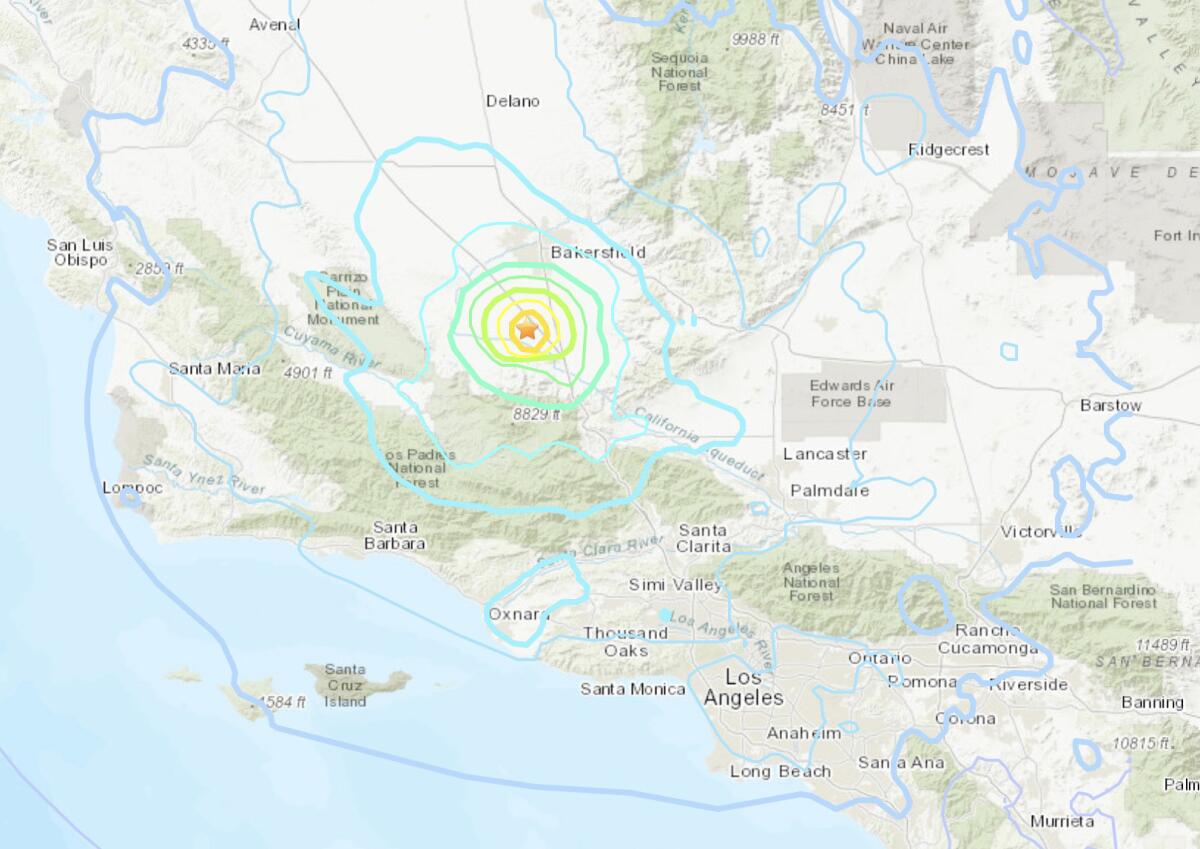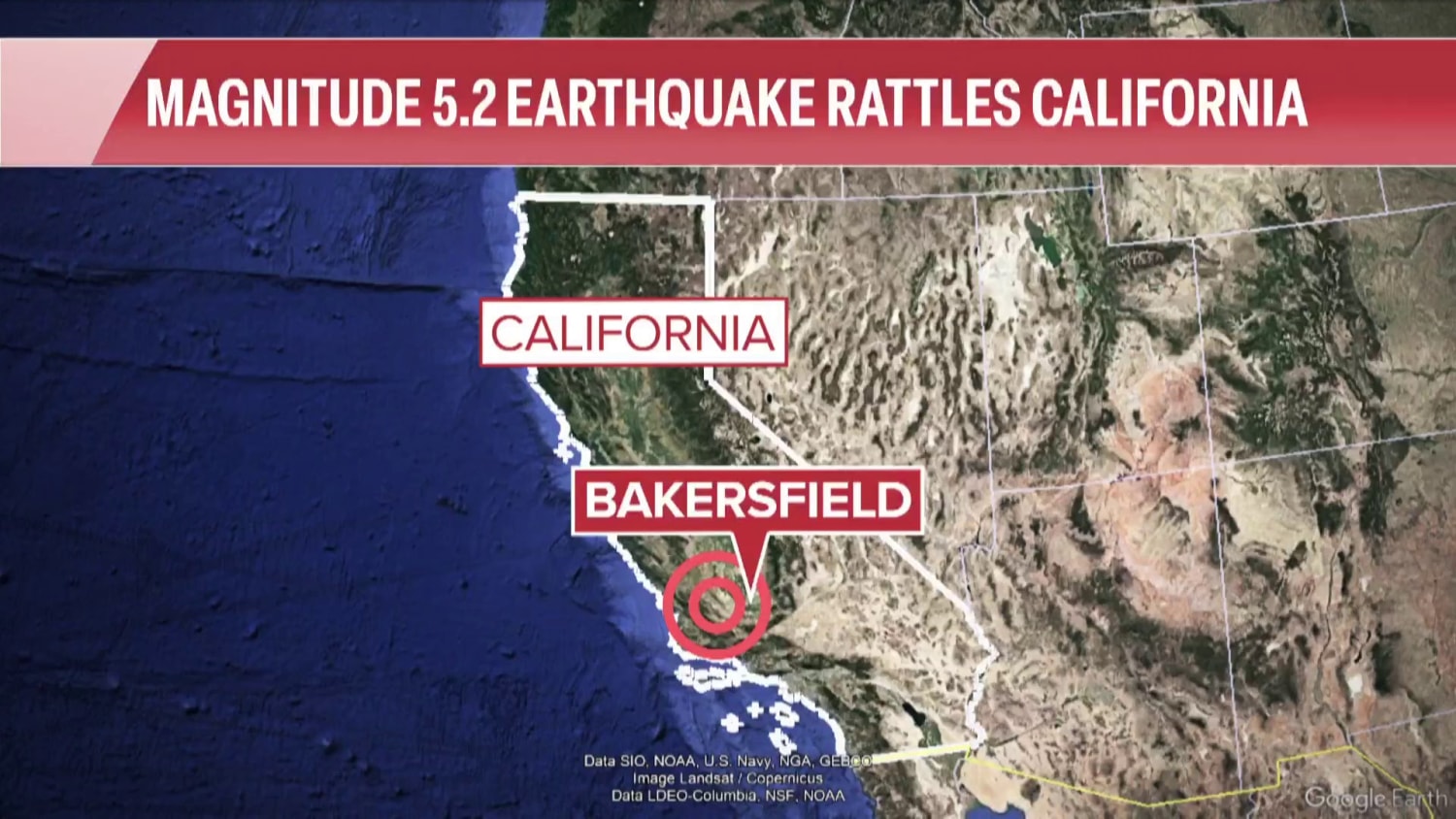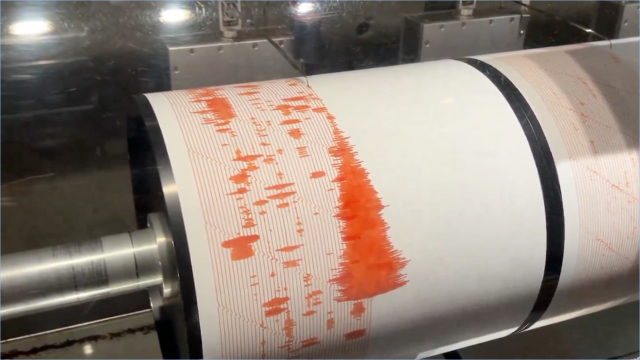A preliminary 5.2-magnitude earthquake struck near Bakersfield on Wednesday evening, sending tremors across a broad area including Los Angeles County. Occurring at approximately 9:09 p.m., the quake’s epicenter was located about 14 miles southwest of Lamont, California, a rural area roughly 89 miles north of downtown Los Angeles.

Initial Response and Damage Assessment
In the immediate aftermath of the earthquake, the Los Angeles Fire Department (LAFD) deployed helicopters to conduct a damage assessment of the affected regions. Los Angeles Mayor Karen Bass reported on X (formerly Twitter) that the LAFD was activated to survey the city and check for any potential impacts. Fortunately, the assessment revealed no significant damage to infrastructure or buildings within LA city limits, and no injuries were reported. Geologists from the USGS have indicated that there is minimal risk of landslides or liquefaction in the affected area.
Aftershocks and Seismic Activity
Following the main quake, the region experienced a series of aftershocks. More than two dozen tremors were recorded, with magnitudes ranging from 2.5 to 4.5. The aftershocks primarily affected the areas near Lamont and Grapevine. According to seismologist Dr. Lucy Jones, about 25% of aftershocks typically occur within an hour of the main event. Among the aftershocks, three were recorded above magnitude 4.0, while the majority, approximately 15, were below magnitude 3.0. Additionally, nine aftershocks ranged from magnitudes 3.0 to 3.8. Dr. Jones described the aftershock sequence as “active” for the short time frame following the initial quake but within the range of typical earthquake sequences.
Expert Analysis and Historical Context
The United States Geological Survey (USGS) provided a map showing the intensity of the shaking. According to the map, the shaking in LA County was mild, while it ranged from light to moderate closer to the epicenter near Lamont. Allen Husker, a seismology research professor at the California Institute of Technology (Caltech), attributed the amplified shaking in LA to the basin effect. Basins can intensify seismic waves due to their softer geological composition.

Dr. Jones noted that the recent earthquake occurred in the southern end of the Central Valley, not far from the site of a significant magnitude 7.5 quake in 1952. However, she emphasized that this earthquake does not appear to be associated with the same fault. She also mentioned that while there is a 5% chance this quake could be a foreshock, there is no indication it is connected to any known fault or likely to lead to a larger quake soon. “The likelihood of this being a foreshock decreases over time,” Dr. Jones explained. “One-quarter of all foreshocks happen within an hour of the main quake, and by three days, the risk is minimal.”
